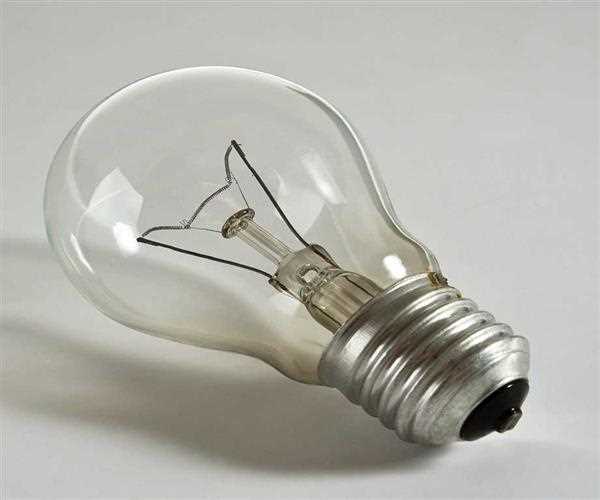An Electric Bulb is filled with Inert Gases like Argon Gas or Argon Gas mixed with little Nitrogen Gas in it. The Electric Bulb has no Vacuum in it.

The Gases have filled in an Electric Bulb under some pressure. The bulb can’t be filled with air because the filament of the bulb is made of Tungsten metal and it will react with Oxygen and causes the filament metal to burn. However, if the Bulb is left with the vacuum in it then it will prevent the tungsten filament to burn in the temperature of 2000 °C inside the bulb. But in such a high
temperature the tungsten filament starts losing atoms of it i.e. the strand of tungsten filament starts evaporating slowly. The evaporation causes the particle to move and these melted tungsten metal particle gets to settle on the transparent glass of the bulb, and this collection of
carbon particles on the bulb surface becomes an obstruction to the light.
Therefore, the Tungsten metal is used in a coil form in the presence of Argon Gas in the Bulb. This prevents the evaporation of the tungsten metal and resulted in an increase in the life of the bulb. And the Inert gas Argon is used to create the atmosphere to grow the semiconductor crystal, arc welding and for processes which require
protection from other types of atmospheric gases.
As the Inert gases do not react with the filament made from tungsten metal. The
changes in the form or shape of the filament and the use of inert gas with it in the bulb has been introduced by the chemist ‘Erwin Lang-Moore’ in the year 1913. This method helped to solve the problem of filament melting and increasing the life of the bulb.
As Argon is an Inert gas, it does not work as the catalyst or help to carry out the
reaction with the metal. So, the Argon gas does not affect the working of the filament metal tungsten. As well as, simultaneously the pressure of the gas almost prevent the evaporation of the filament inside the bulb.